James Symonds, Project Officer, Scottish Invasive Species Initiative
November 2020
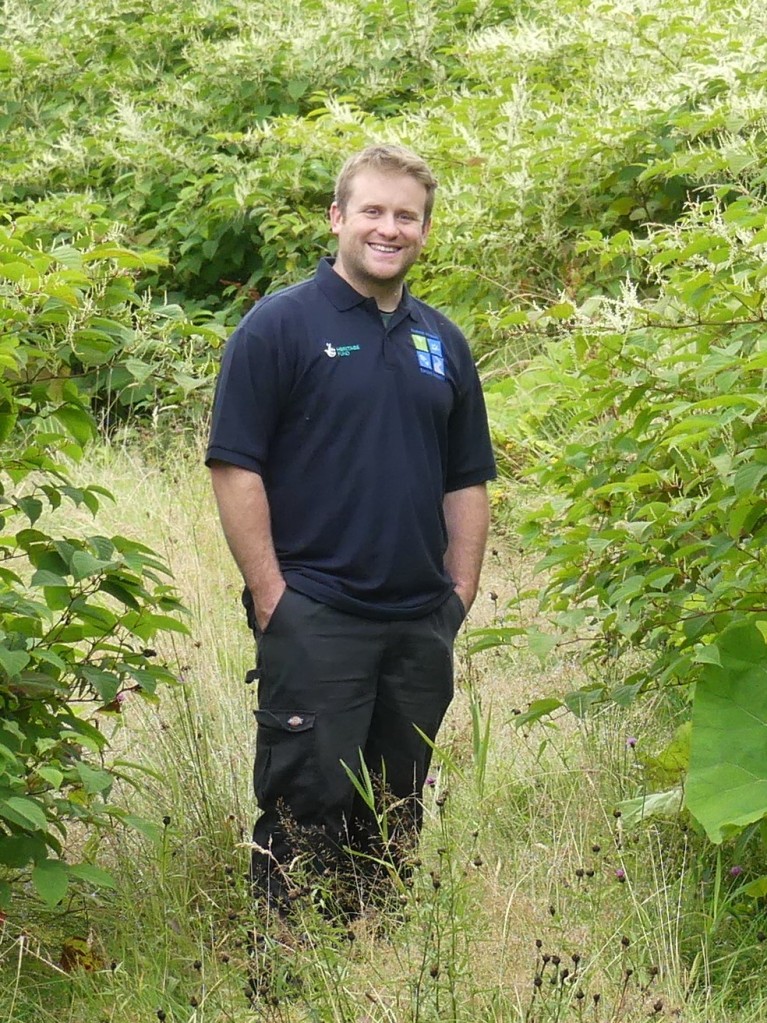
We asked our very own James Symonds, what a typical day of a Scottish Invasive Species Initiative (SISI) Project Officer looks like.
As a Project Officer, I am responsible for the management and co-ordination of invasive species control across four rivers in Moray and Speyside; the Rivers Spey, Findhorn, Nairn and Lossie. Our main species of concern are; American mink, Giant hogweed, Japanese knotweed and Himalayan balsam – although we also have an interest in White butterbur and American skunk cabbage.
But what does a day in the ‘office’ look like for a SISI Project Officer?
Well that changed significantly this year with the coronavirus pandemic, but following lockdown we managed to get back out in the field to continue our work – albeit with changes to our work practices to keep everyone safe and whilst balancing home working and home schooling challenges.
My typical workday starts the same as any other for a father of 2 small humans – unsocially early! After making my way to the coffee pot and feeding the rabble I can check my work phone. I am checking my “Mink Police” app for any mink traps activated overnight and to see if any volunteers have been in touch about their mink monitoring rafts or traps. All clear!
The Mink Police units are great innovations. Live capture traps, by law, have to be checked at least once in a 24hr period to meet animal welfare protection requirements. The Mink Police units, using a combination of technology and magic, send multiple daily updates for specific trap locations which negates the need to physically check each trap in person each day. They allow me to remotely check the traps wherever I have access to Wi-Fi or mobile signal and, most importantly, notify me instantly if an animal has been caught. This means that traps can be deployed to areas where, for example, mink have been sighted in physically difficult access locations or where we don’t have an elusive local ‘trapping volunteer’ to do these daily checks. Using Mink Police units I can monitor multiple traps across a wide geographical area myself.

After finally managing to get a shower and get breakfast, I double check the weather for todays planned activity – Giant hogweed spraying. The weather looks good so I drop a text to all of the volunteers who have offered their help to reconfirm the meeting time and place.
I visit the stores and pick up all equipment required for the day and make sure I stock up on the ever-essential tea and biscuits on the way to site.
After a quick meet and greet with today’s volunteers, I go through the essential risk assessment and tools talk. Much of the time we work on uneven terrain alongside rivers and today we are working with Giant hogweed – a dangerous plant with photo-toxic sap. We also have in place additional COVID-19 working adaptations which need to be explained. Safety and volunteer welfare is our number one priority.
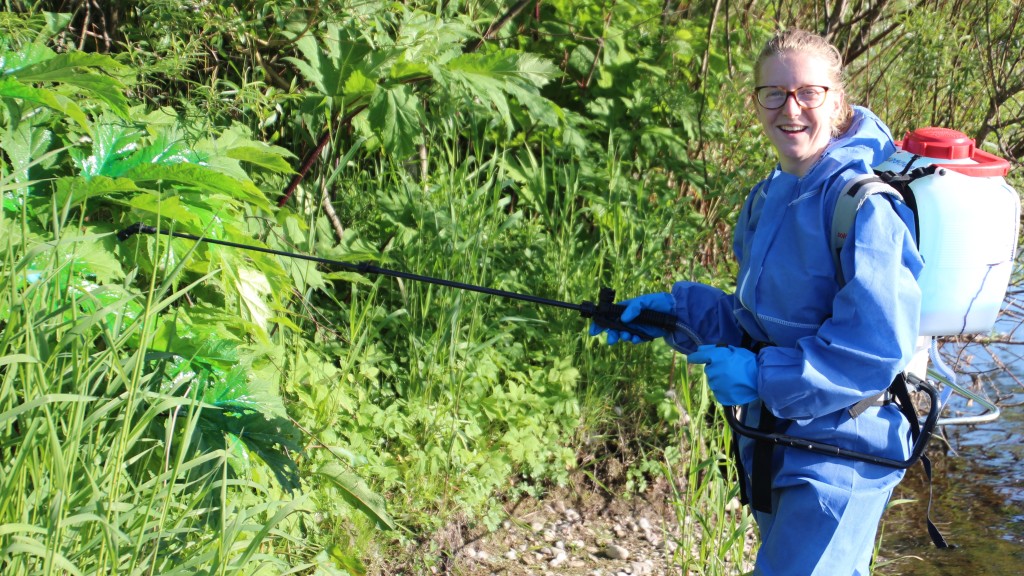
We kit ourselves out with protective clothing, fill our knapsacks and set to work. Today we are spraying in about six acres of riparian woodland with frequent sizeable Giant hogweed stands. One of my volunteers is new, so I work alongside them offering support and supervision. Pre-coronavirus there would be a team of volunteers working with me – battle hardened and dedicated hogweed assassins who gained their pesticide application qualifications with us – but today it’s just three people to keep numbers low and allow for social distancing. We work in a rough line moving in a zig-zag upstream hoping to catch all of the hogweed we see on the way.
We started at 10.00 am it’s now 12.30 pm – definitely time for a proper break. We put our knapsacks down and set up camp on the riverbank. On a normal volunteering day I would pull out the Kelly kettle, tea and biscuits – chocolate hobnobs if they are lucky – offer a demonstration on how to light the kettle using a fire steel and natural tinder and the volunteers would have a go at fire lighting themselves. This year we’ve had to ask volunteers to bring their own flasks which is a shame as we like to offer additional activities alongside the hard work of plant spraying. We appreciate the time our volunteers give to us and want to keep each day varied and fun for them – that way they might come back again!

I check my phone and whilst we were working a trapping volunteer has called – she has a mink in a trap on another river. I phone back and she confirms the trap was empty last night but a mink has been caught this morning. I’ll visit as soon as I am finished on site.
We spray for another 70 minutes and manage to cover the whole woodland. My volunteers (and myself) have worked hard today but it’s been good fun. As a reward I let them all go home early, 2.45pm instead of 3pm! I’m nothing if not generous….
After the plant control equipment is cleaned down and packed in the car I can make my way to the mink in the trap. It’s a large mink and I have the unhappy task of humanely dispatching the animal. This is done quickly, quietly and discretely with a high-powered air pistol. I take some basic measurements and sex the animal – a male. You can tell this by feeling for a small bone between the hind legs – the baculum – present only in males. You can work out what this identifying feature is I’m sure!

Dispatching mink is not something I or the project enjoy – but it is essential. The mink is a voracious predator and their presence has a devastating impact on native wildlife. For example, since the introduction of mink, Water vole numbers have declined by over 94% across the UK – largely due to predation. They also have a negative impact on populations of native ground nesting birds, amphibians and fish species as well as taking domestic fowl.
I get home, change a nappy, check my emails and follow up with volunteers planning on coming out tomorrow. The weather is looking wet so instead of spraying Giant hogweed we will decapitate the flower heads using pole saws – always fun! I am just about to email a few volunteers about later in the week when my 4-year old runs in and rugby tackles me – it’s time to finish work for today.
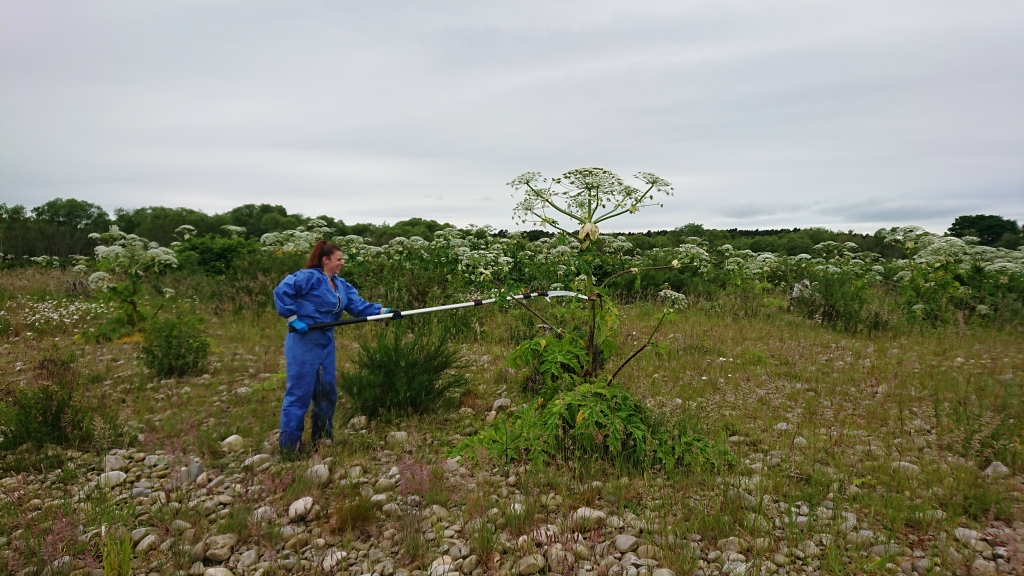
Invasive species control work is seasonal so once we are done with Giant hogweed, we move on to pulling or slashing Himalayan balsam – great for all the family to get involved in and then, as autumn looms on the horizon, we move on to spraying or stem injecting Japanese knotweed.
The specific threats these plants pose vary in one way or another but what they all share is the fact that they are so successful in our climate and our native flora cannot compete. If left unchecked we face a massive loss to biodiversity, destabilisation of our riverbanks and very different ecosystems to the native ones that should be present.

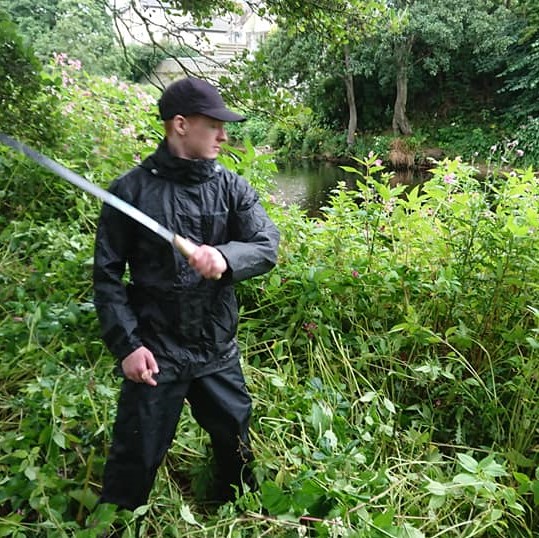
Injecting herbicide directly into Japanese knotweed stems (L) and slashing Himalayan balsam (R)
It’s been a productive day and there is a tremendous sense of achievement seeing what a huge difference can be made in such a short space of time with so few people. I have missed the larger volunteering groups this year, it’s always good to get a big crowd out, but we soldier on for now and hope to get everyone back together next season. The volunteering opportunities we have been able to offer this year have never felt so important – as well as helping nature they provide valuable time outdoors and social opportunities just when we’ve all needed these the most.

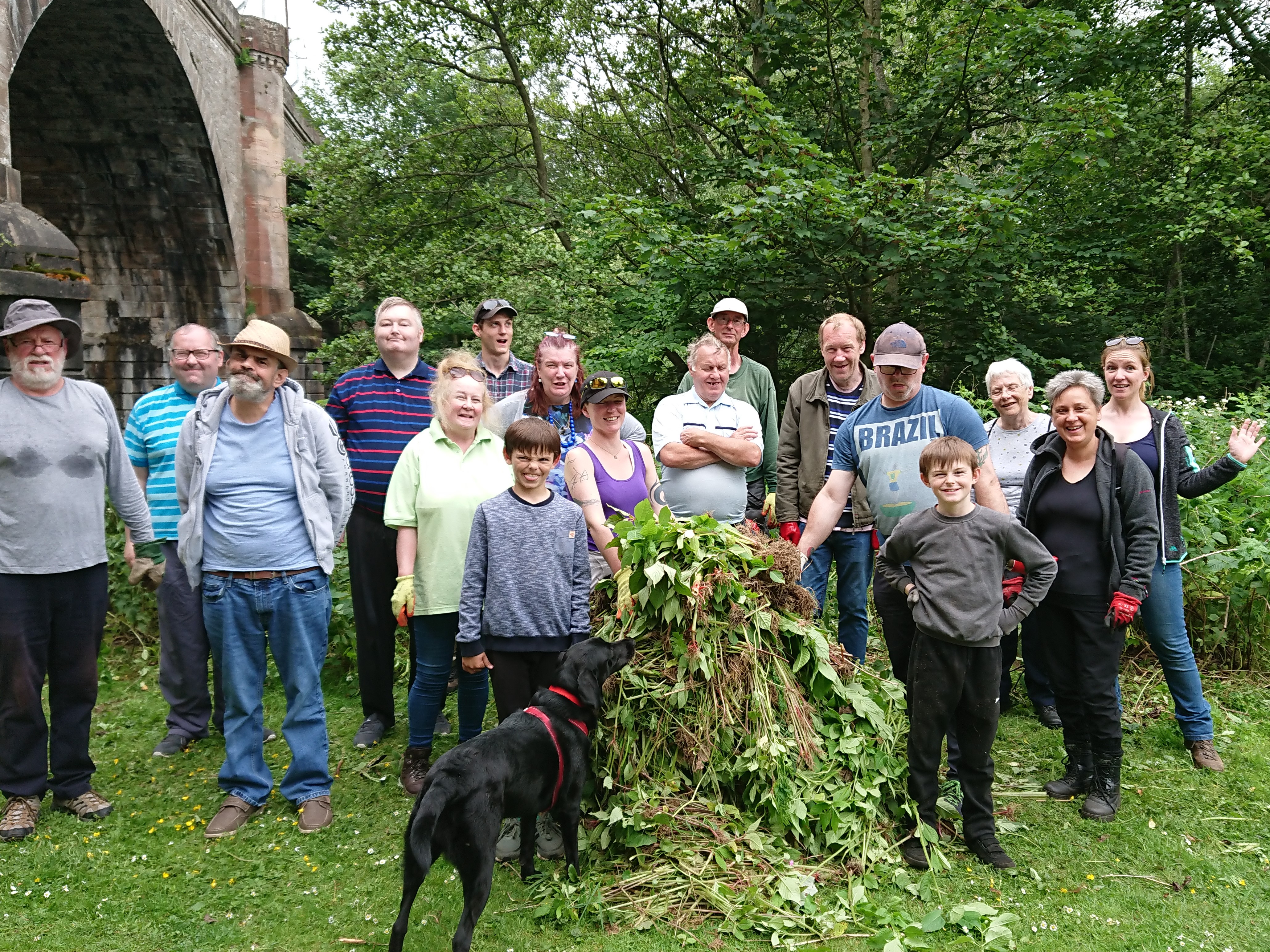
Volunteer groups 2019
If you’d like to find out more about getting involved and volunteering with James and the Scottish Invasive Species Initiative read more on our website.
